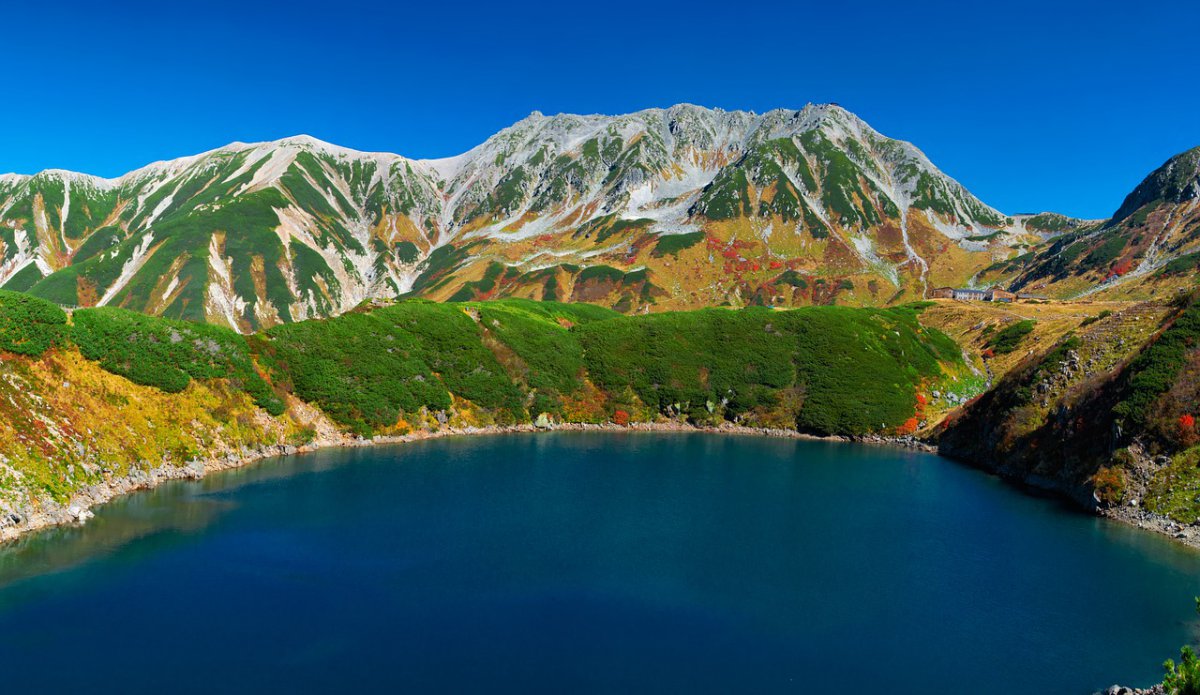Together with Mount Haku and Mount Tateyama, Mount Fuji composes the ‘Three Holy Mountains’. They are considered sacred places and believed to have special powers. In Japan Shintoism and Buddhism are often mixed and it is not uncommon to find Shinto Shrines in the vicinity of a Buddhist Temple. Shintoism is at heart an animist (anima = life/soul) religion and imbues many natural features such as rivers, trees and mountains with spirits. These beliefs resulted in “sacred mountains”, and other natural features, being common in Japan.
The Three Sacred Mountains are popular hiking destinations, both for tourists as well as locals. Many people feel physically and spiritually refreshed after visiting these sacred spots. And even if you don’t belief in the spiritual meaning, climbing your way to the summit – or just in the vicinity – can be a magical experience!
*If you already live in Japan, you can travel cheap with Go to Travel Campaign
▷How to Travel Cheap with Go to Travel Campaign
Mount Fuji: volcanic power
The most famous and highest mountain in Japan attracts a lot of tourists all year round. The symbol of Japan can only be climbed in summer, but its impressive beauty makes for a special place to see all year round. In winter time with crispy clear blue skies and sun, you mayalso me amazed by this majestic mountain. Mount Fuji has been considered sacred since the time of the Ainu, the indigenous people of Japan. Today, it is also sacred to Buddhists and Shintoists.

There are four trails of varying difficulties to the summit. Most hikers don’t start at the foot of the mountain but at one of the 5th stations. Climbing the mountain overnight and catching the sunrise from the top is very popular.
Read more about climbing Mount Fuj
Height: 3,776 meters
Climbing season: early July to early September
Access: Train to Kawaguchiko + bus from Kawaguchiko to the mountain
Mount Haku: power of water
It is widely believed that Mount Haku and its rivers spiritual forces give life to the land at the foothills. Hakusan sources Kuzuryū River, Tedori River, and Nagara River and this water is essential for farming that is done by the people living nearby. Fishers and others at sea also use the prominent landmark to navigate their way home.
The White Mountain (haku translates as white, same at Mount Blanc in Europe!) is covered with snow for more than half of the year and is a popular spot for skiing and snowboarding. The rough terrain of the mountain provides only a few hiking trails and it is a long hike to the summit. Though, a beautiful hike because of its rich flora and fauna (due to minimal human intervention). The mountain and its surroundings have been designated Hakusan National Park.

Height: 2,703 meters
Climbing season: from late July to October
Access: Shinkansen to Kanazawa station + bus from Kanazawa Station to the mountain
Mount Tateyama: the mountain of spiritual practices
Mount Tate or Tateyama is located in the northern half of Japan’s Kita Alps and is one of the most accessible peaks in the area. Next to hiking and the gorgeous view, people also come here to enjoy onsen. Buddhist monks underwent spiritual training here in the early days, but nowadays it is popular with tourists as well. Tateyama is one of the more commercialised mountains and it is well maintained as a tourist spot.
According to mountain religion, the climb to the top of Mt. Tate simulates the experience of hell paradise and the afterlife. The hike to the top has been a popular pelgrimage since at least the 1600s. At the summit there is a shrine where climbers can drink hot sake and receive a blessing from a priest. However, the mountain is often covered in snow, and is therefore difficult to climb for most of the year.

The mountain is well accessible by public transportation. There are also a cable car and a ropeway, which makes the mountain even more accessible.
Height: 3,015 meters
Climbing season: April – October
Access: Most people access Tateyama via the Tateyama Kurobe Alpine Route. You can start from both sides of the route: Tateyama Station on the Toyama side or Ogizawa in Nagano Prefecture.
Read more about the Alpine Route and all access points at the official website
Hakusan, Tateyama and Mount Fuji are great hiking destinations and we cannot recommend you enough to visit the these amazing places. Make sure you are well prepared, the weather in the mountains can quickly change and don’t get unpleasantly surprised by the rain! Also we recommend you to look into the actual conditions at the official websites and plan your journey wisely!
Will you include the three sacred mountains on your itinerary?
Follow us on Instagram or Facebook for more travel inspiration. Or tag us to get featured!
Happy travelling!



